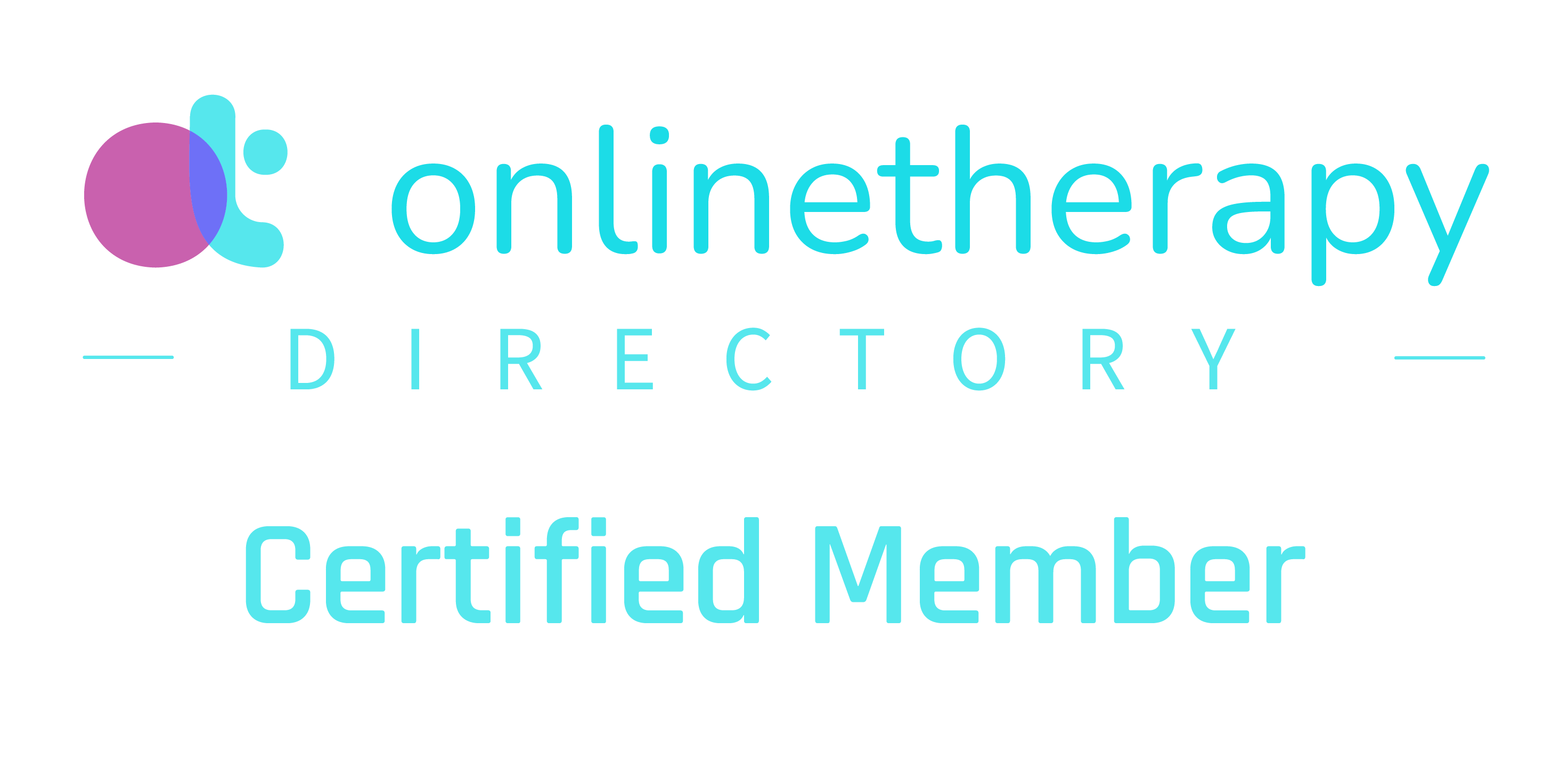If you struggle with social anxiety, you know how difficult it can make your life. You want to be able to interact comfortably with others, but you feel paralyzed in social situations. Please read below to learn how using CBT to treat social anxiety can help change your life for the better and for good.
Casually mingling with colleagues in the office or meeting friends of friends leaves you tongue-tied. You blush and hesitate to utter a word. Sometimes even just the thought of social situations can cause panic and anxiety.
Social Anxiety is Not a Life Sentence
Left unaddressed, social anxiety can cause your world to shrink. Rather than expanding your circle and your world, you feel limited and trapped.
Fortunately, it is possible to treat social anxiety relatively quickly and become more comfortable around others. One of the most effective ways to do this is through Cognitive Behavioral Therapy (CBT), Online Cognitive Behavioral Therapy (CBT), or a hybrid of both . Many people find it helpful to begin with Online CBT and then transition to in office CBT as social anxiety treatment therapy progresses.
Building Resources Using CBT to Treat Social Anxiety
One of the many advantages of CBT is that it helps you build the cognitive and emotional resources you need to face those things that make you anxious. You don’t just come to sessions to talk. Rather, you come to sessions to learn and implement practical skills that can be used in many situations, in your actual life, even after you’ve addressed your social anxiety.
Countering Your Negative Self-Talk
Almost all of us live with a constant stream of negative chit-chat running through our minds. We’re often not even aware of it. When you live with social anxiety, you encounter negative thoughts and assumptions about yourself before entering social situations, during social events and then in the post event processing self-attack that come with social anxiety.
Perhaps you hesitate to introduce yourself because you think someone will dislike the way you look or how you dress. Maybe you tell yourself that you’ll spill your drink down the front of your shirt if you go to a party and embarrass yourself. Maybe you feel anxious that when riding on public transportation people will see you sweating or turning red.
Or perhaps you’ve formed negative beliefs about others that aren’t true. For example, maybe you assume that they’ll think they’re better than you are when in reality, they are warm and kind but the social anxiety gets in the way of experiencing them in this manner.
CBT, however, helps you recognize these thoughts. Once you learn to identify them, you can examine them carefully to assess how realistic they are. Then, you’ll learn how to replace the negative thoughts with more realistic, supportive ones. To help, you’ll probably keep a written record of automatic negative thoughts where you also write down replacement thoughts.
Real-World Practice
As you lay the foundation of changing the way you think, CBT requires real-world practice to further help your brain change.
This is sometimes called exposure therapy. In this approach, you start to take small steps toward facing your social anxiety. For example, you’re not expected to stand up and give a speech in front of 200 people or turn into an outgoing salesperson.
Rather, you identify something that seems do-able. Perhaps it’s making eye contact and saying hello to the clerk at the store. Or maybe it’s simply smiling at the young mom pushing her adorable toddler in a buggy. If you need to start even smaller, that’s ok. It can be very helpful to make a hierarchy of challenges, starting with the easiest and working your way up from there.
As you become comfortable with these small steps, you identify challenges that are slightly larger. With time and with practice, your brain will respond, and your emotions will follow. You’ll experience less social anxiety and find that you’re more comfortable interacting than you used to be.
Anxiety Management
Part of the resources you’ll build through CBT include general anxiety management skills. Since the brain and the body are closely interrelated, learning to recognize and address the physiological signs of your anxiety is just as important as addressing your thoughts and behaviors.
CBT will help you learn how to calm your racing heart and jitters through movement, deep breathing and compassionate self-talk practice. And you’ll identify other steps to take to help your body reset itself to a calmer state. With practice, your brain and body will respond positively to CBT, and you’ll find yourself living in an expanded, happier world.
If you’d like to learn more about the power of CBT in overcoming your social anxiety once and for all, please be in contact. Click to learn more about anxiety treatment.
—
I am a Licensed Mental Health Counselor in Hawaii and an Accredited CBT Therapist in the UK. If you need support becoming more skillful in social situations, CBT may be the right type of therapy for you. Contact my London or Honolulu office to set up a CBT Test Drive.



